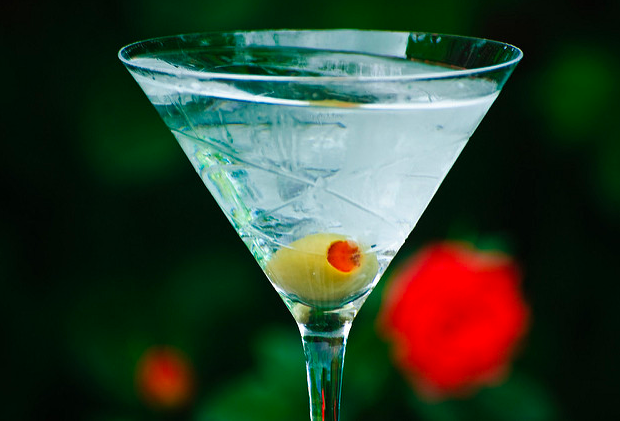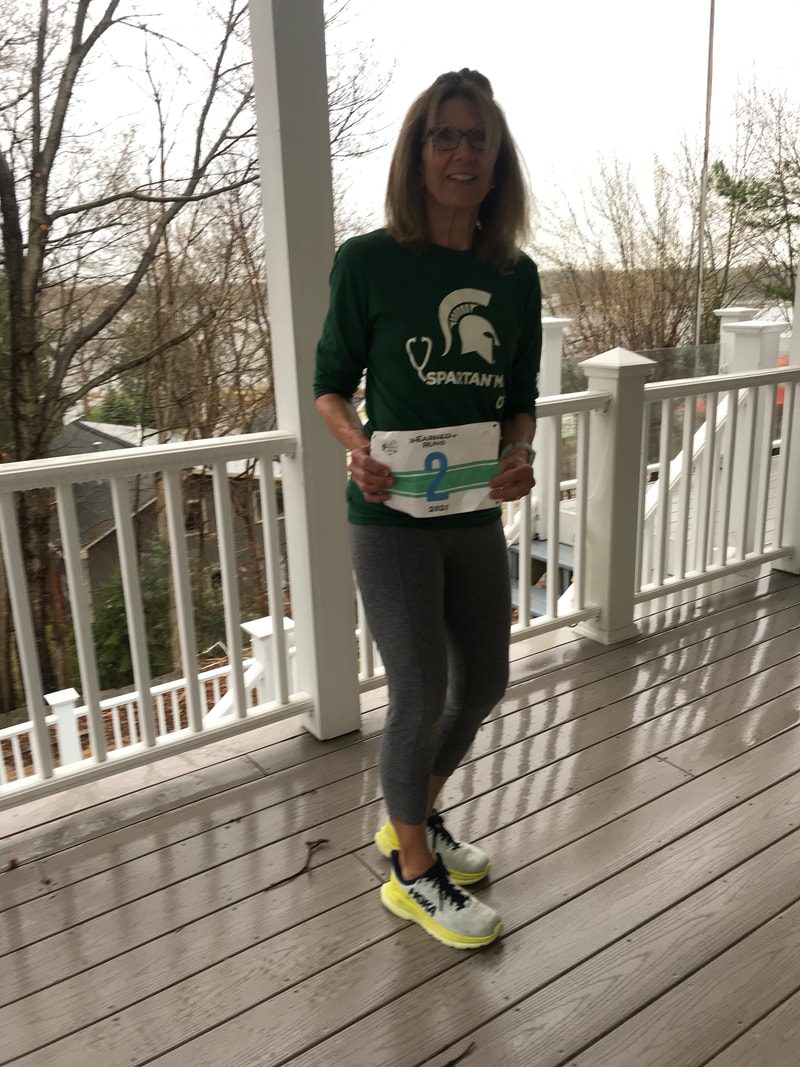BLOG
|
|
ANOTHER BENEFIT OF EXERCISE: Alcohol consumption is a part of Western culture. Many runners enjoy drinking alcoholic beverages and do not consider it detrimental to their performance especially if intake does not interfere with their ability to train or race. But most of us know generally that too much can be harmful to health. Because one group of researchers was aware that high alcohol intake is linked to an increased risk of all causes of death, including cancer- and cardiovascular disease-related death, they looked to see if physical activity (PA) could mitigate these risks at all levels of intake. Rather than accept the strategy of recommending moderation or abstinence as the only method to reduce alcohol-related mortality risk, they sought to find other more effective ways to offset the hazards.
This seems to be great news for runners and walkers! A study published online in the British Journal of Sports Medicine on September 8, 2016 by K Perrault of the University of Montreal and colleagues provides evidence that exercise, yes running and walking, can decrease the risks of drinking. In the article, “Does Physical Activity Moderate the Association Between Alcohol Drinking and All-cause, Cancer, and Cardiovascular Diseases Mortality? A pooled analysis of eight British population cohorts”, researchers analyzed data from more than 36,000 individuals, aged 40 and older, who had been interviewed at baseline about their alcohol consumption and PA. The information was gathered as part of the Health Survey for England (HSE), years 1994, 1998, 1999, 2003, 2004, 2008, and the Scottish Health Survey (SHS), years 1998 and 2003. All had consented to linkage with their health records and mortality data. There were a bit more than 5700 deaths recorded among participants; they were followed a mean of 9.7 years. Categories of alcohol drinkers included: never, former, occasional, intake within guidelines, hazardous intake, and harmful intake. Categories of PA included: 1) walking and 2) light, moderate, and vigorous sports/exercise; domestic activity items (housekeeping, gardening etc) were NOT included as PA. From this information the Metabolic Equivalents Task- (MET) hour/week expended by participants were computed. In determining which MET levels of exercise to set as low and high for the purpose of assessing risk, the researchers took into consideration scientific evidence that most recently demonstrated a beneficial effect of PA in decreasing death risk, as well as the levels that the government is recommending to improve public health. Participants were defined as meeting the lower PA recommendation at >7.5 MET-hour/week, and the higher PA recommendation at >15 MET-hour/week. The analyses demonstrated a DIRECT association between alcohol drinking and ‘all-cause mortality’. There was also an increased cancer risk noted in drinkers whose intake level was “within guidelines” to “harmful”. There was weak evidence linking alcohol intake to cardiovascular disease (CVD) mortality. In ALL individuals who met the British public health PA recommendations (low >7.5 MET-hour/week AND high >15 MET-hour/week) the link between alcohol consumption and “all-cause” death risk was lessened, and the link with cancer death risk almost disappeared. The scientists concluded that, “meeting the current PA public health recommendations offsets some of the cancer and all-cause mortality risk associated with alcohol drinking.” The paper goes on to say that “there are several biological mechanisms by which alcohol is believed to contribute to carcinogenesis, which may be similar to those by which PA may prevent cancer, but acting in the OPPOSITE direction.” The pathways include oxidative stress and inflammation (alcohol increases, PA decreases), sex steroid hormone production (alcohol increases v PA decreases) and immune function (alcohol decreases v PA increases). Although large and first of its kind, this study has limitations. It didn’t look at the effect of PA on binge drinking. Also, because alcohol intake was self-reported, the heavier drinkers might have been light on their estimates. The reporting occurred once, at the beginning (baseline) of the study, and drinking habits could have changed over the years. Regardless it provides evidence that an activity known to be healthy in some ways may have another health benefit! Are you wondering about MET-hours/week? Many online sites providing information about MET, including US government sites, measure activity in MET MINUTES. Thus MET-HOURS (used in the British population study of low and high PA recommendations) canbe converted into MET-MINUTES by multiplying MET-hours/week x 60 minutes/hour (7.5 MET-hour/week x 60 minutes = 450 MET minutes/week and 15 MET-hours/week x 60 minutes/hour = 900 MET minutes/week). These are very nearly the same recommendations issued by the US government. According to the webpage of The Cooper Institute, “The most current Physical Activity Guidelines for Americans suggest that there are substantial health benefits for adults engaging in 500-1,000 MET minutes per week”. According to the Health.gov site: “A MET is the ratio of the rate of energy expended during an activity to the rate of energy expended at rest. For example, 1 MET is the rate of energy expenditure while at rest. A 4 MET activity expends 4 times the energy used by the body at rest. If a person does a 4 MET activity for 30 minutes, he or she has done 4 x 30 = 120 MET-minutes (or 2.0 MET-hours) of physical activity. A person could also achieve 120 MET-minutes by doing an 8 MET activity for 15 minutes. https://health.gov/paguidelines/guidelines/appendix1.aspx A Wikipedia entry posts a table of MET values by activity, so you can calculate your METs/week. https://en.wikipedia.org/wiki/Metabolic_equivalent. Example: walking at a speed of 3.4mph (about 17-18 minutes per mile) is a 3.6 MET activity. If you walk 30 minutes at this speed you expend (3.6 MET x 30 minutes) ~108 MET minutes. (corrected from 98) Thus if you walk at that pace for 30 minutes on each of 5 days (roughly 100 MET minutes x 5), you would reach the lower end of the recommendation of 500 MET minutes/week. If you ran 30 minutes (6-7 MET minutes) each of 5 days you would reach 1000 MET minutes. IT’S ACTUALLY EASIER AND LESS MATH TO FOLLOW THE GENERAL RECOMMENDATIONS! For adults see https://health.gov/paguidelines/guidelines/adults.aspx For children ages 6-17, it’s simply 60 minutes a day https://health.gov/paguidelines/guidelines/children.aspx With alcohol consumption, just as with calories, it may not be beneficial to run more so you can eat/drink more, but you can enjoy running and walking even more with this scientific knowledge. RUN HAPPY! http://bjsm.bmj.com/content/early/2016/07/04/bjsports-2016-096194 https://health.gov/paguidelines/guidelines/Appendix1.aspx http://www.cooperinstitute.org/2012/04/met-minutes-a-simple-common-value-to-track-exercise-progress/
0 Comments
Your comment will be posted after it is approved.
Leave a Reply. |
BRIDGE TO PHYSICAL SELF
Running, walking, and fitness activities enable us to experience our physical selves in a world mostly accessed through use of fingers on a mobile device. AuthorEARNED RUNS is edited and authored by me, runner and founder. In 1978 I began participating in 10K road races before 5Ks were common. I've been a dietitian, practiced and taught clinical pathology, and been involved with research that utilized pathology. I am fascinated with understanding the origins of disease as well as health and longevity. Archives
November 2023
CategoriesNew! Search Box
Earned Runs is now searchable! Check it out...
|


 RSS Feed
RSS Feed